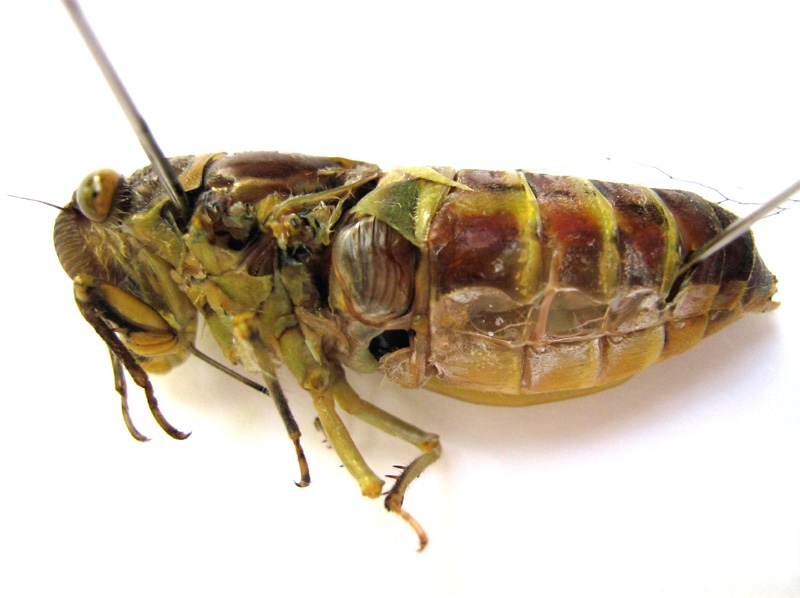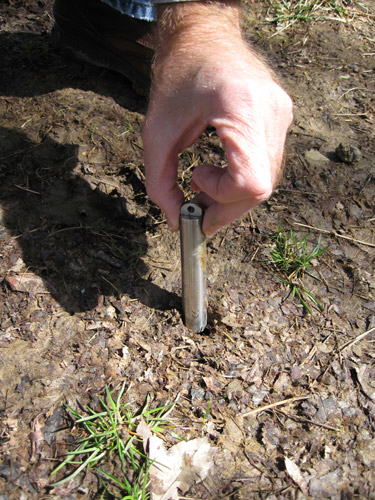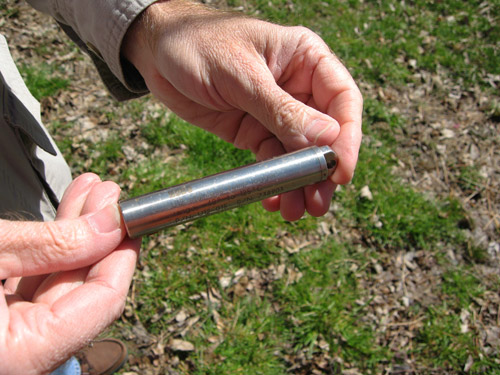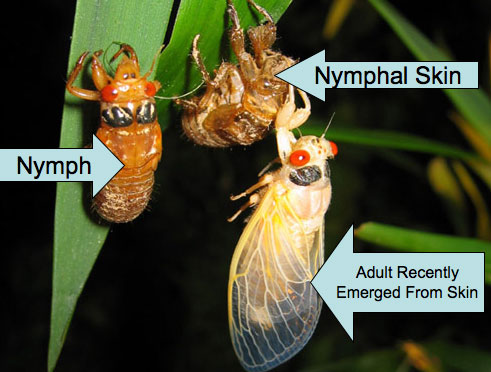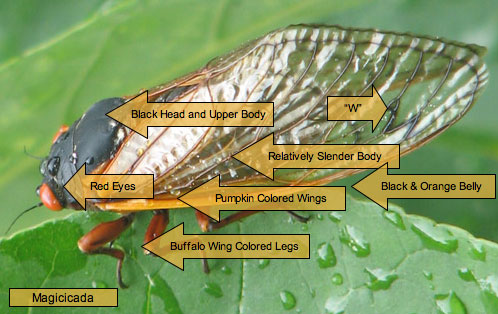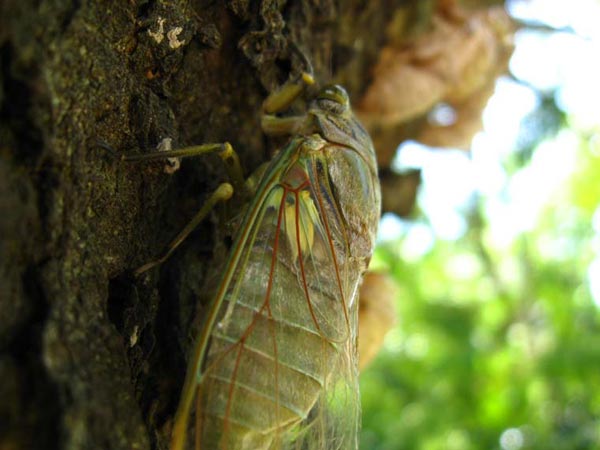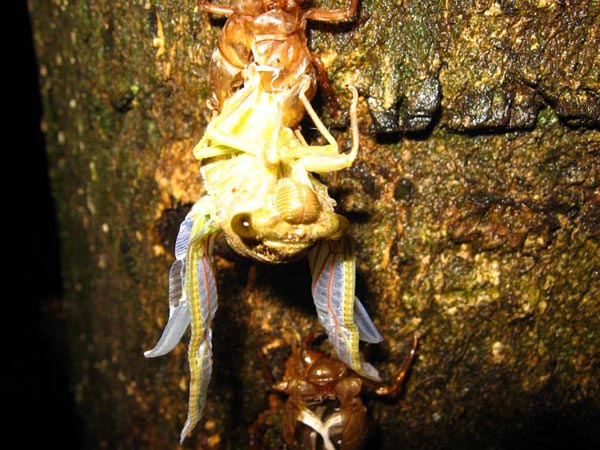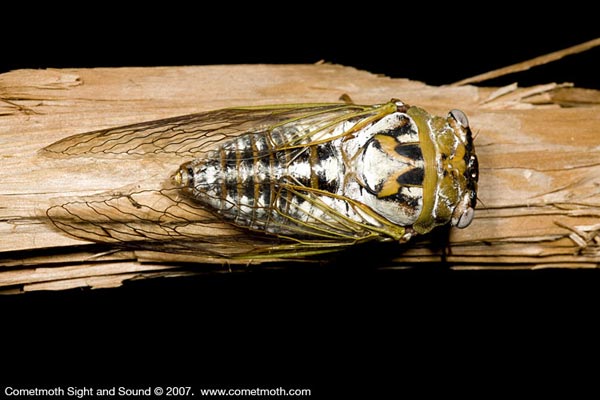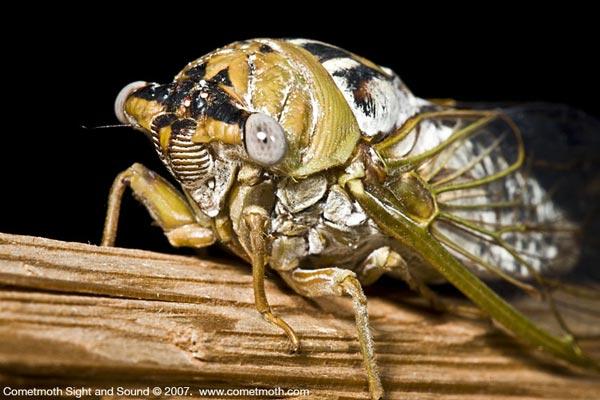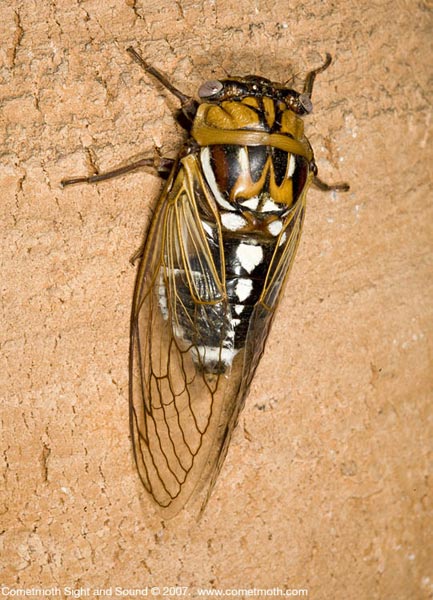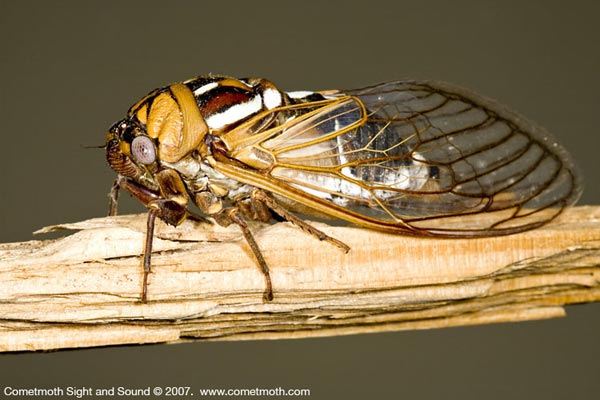I originally posted this article last year, but the information is still good.
A lot has changed since I started this site in 1996, including the web — back then websites where static pages with a couple of images and links, and only geeks like myself knew how to make them.
Now there are lots of web sites where YOU can share your cicada photos and video. Now you can write about your cicada discoveries on a blog, read other cicada blogs, or share cool cicada web sites with the world using bookmarking sites like Digg and del.icio.us. The web is now all about you (and the cicadas you find). The power is in your hands: start sharing your cicadas!
Share Your Cicada Photos:
Flickr: Flickr is a web site where you can post and share your digital photos. You can also connect with other photographers and people with similar interests. It’s a fun site. When you post your cicada photos, don’t forget to tag them with tags like “cicada”, “broodxiv“, “Magicicada”, “17year”, “periodical”, etc. Don’t forget to include geographic information in the descriptions.
Panoramio: Panoramio is a photo sharing site like Flickr, but it places your photos in Google Maps, which is really cool.
As of 2008 Flickr lets you upload videos too.
Share Your Cicada Video:
YouTube: You’ve heard of YouTube, haven’t you? It’s a great site where you can upload your videos and share them with the world. Like Flickr, don’t forget to tag your cicada video with cool tags like “17year”, “cicadas”, “broodxiv”, and include geographic information in the description.
Others: MySpace videos, Veoh, Metacafe (has a family filter), Google Video (upload longer videos than with YouTube), Dailymotion, Yahoo Video (has SafeSearch) etc. Again the important thing is to look for a service that will allow to to send links to your videos and embed them in web pages.
Blog Your Cicada Stories:
You have a Blog, don’t you? If you don’t, it’s never too late to start! Blogger, LiveJournal, WordPress, Typepad, and of course MySpace. Best of all, they’re free to use! So why not?
Reading & Searching Blogs:
The homepage of this site is a blog — if you notice, it’s composed of multiple posts about cicadas. Blogs aren’t like other websites, because they’re updated frequently and they’re composed of a series of posts. This series of post is known as a feed, which is available as both an xml file and the webpage you’re reading (too technical, I know…). Blog Search Engines are like regular search engines, but they’re adapted specifically to search blogs.
Blog Readers let you subscribe to blog feeds — subscribe to enough feeds and you can build your own virtual newspaper made up of the stories and news you care about (like cicadas).
Sharing the sites, video and images you find on the web:
Now, you’ve found a cool cicada website — you want to share it, and you want to remember it.
del.icio.us is my favorite bookmarking site. I can bookmark sites at work and then check them out later on my home computer, or at a friend’s house.
Digg is a super-popular forum where you can share and vote on (digg/bury) links. I read it every day.
StumbleUpon is a cool site and toolbar for your web browser. The toolbar will suggest cool sites for you to try. I’ve “stumbled upon” many cool sites using StumbleUpon.
More to explore: Furl, ma.gnolia, Newsvine, reddit, Simpy, Spurl, Yahoo MyWeb, Google bookmarks, Fark…
You don’t have to use these resources for just cicadas, but I’d be disappointed if you didn’t use them at all.
